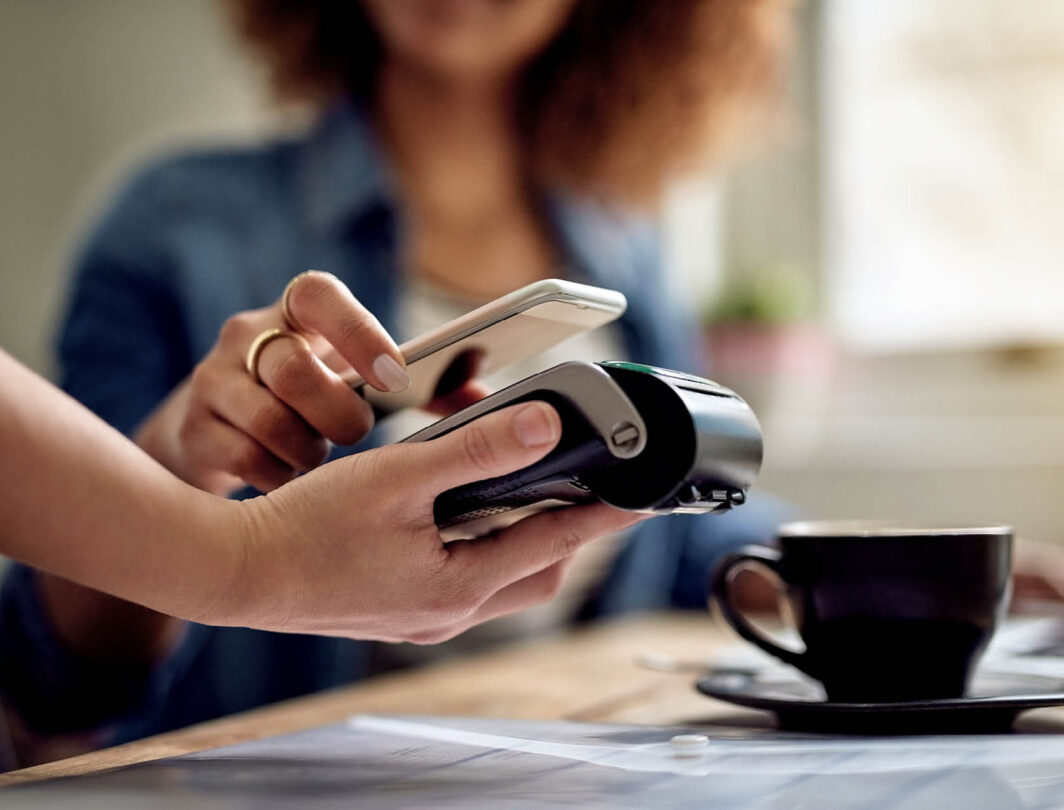Money Matters
How to make the move to running a cashless business

When you hear the term “cashless business”, what’s the first thing that pops into your head? Financial struggles? Empty tills?
The concept of running a business with no physical cash does nothing but conjure images of innate negativity and emotional turmoil.
But what if it wasn’t really like that?
Cashless doesn’t mean a business without money, just one that does not accept paper or coin currency and doesn’t have a traditional till.
This relatively new business model is starting to enter an upward trend, with some boutique businesses opting for a card only payment system.
With the social shift to mobile and contactless payments growing, and developments in mobile payment technology becoming more frequent, there’s a lot to be said for this business model.
Read on below to find out if going cashless is right for your business.
Trial a cashless payment system
Customers are the lifeblood of any business. In a retail environment, this is no different – if you have no customers, you have no business. How you operate and carry out your business processes is vital to how potential customers perceive your company.
Word of mouth is one of the most powerful marketing tools and if your business has a bad reputation, you are inevitably going to struggle and potentially even fail.
Right now, environmentally friendly business practices are all the rage, with many restaurants opting to swap plastic straws for paper straws, while many fast food outlets no longer offer plastic cutlery.
Although these are comparatively small changes, the businesses making them are benefiting from a much-improved social perception.
Even if you aren’t a restaurateur, there are a number of ways that you can improve the environmental practices of your small business. One is to trial a cashless payment system.
If customers can see you are making a conscious effort to try and reduce the demand for paper in the UK by not accepting cash, this will reflect well on your business and you could improve your customer retention and acquisition.
In fact, in 2016 80% of surveyed consumers said they would tell friends and family about a company’s social environmental practices.
Avoid the queue conundrum
Picture this: Black Friday. You’ve opened up your store and you are ready to receive the inevitable influx of customers who are desperate to get their hands on a bargain.
One hour in and you’ve already got a substantial queue that’s forming from the till and is almost out of the door.
People opting to pay with cash are handing over £20 and £50 notes like no tomorrow, with your staff frantically checking their legitimacy while haphazardly handing out change as quickly as possible to keep on top of the never-ending line.
And then the worst happens: someone’s been short changed.
After checking their receipt, working out how much change they’ve been given and rectifying the issue, there are lots of unhappy customers in the now much longer queue.
If you operated as a cashless business, you wouldn’t have this problem. Contactless and card payments completely eradicate this problem. No counting of change and double-checking figures at times where speed is of the essence.
Of course for this to be feasible, you’ll need a reliable payment provider, with an integrated ePOS (electronic point of sale) that is linked directly to your card terminals. This will allow your business to bust queues and keep customers happy.
An integrated ePOS system combines your till and card terminals into one connected system.
So, instead of processing the transaction through the till and then separately entering the payable amount on the card terminal, the till just communicates directly with the terminal, and loads up the correct payable amount.
Environmental benefits
Of course, an underlying reason for businesses to go cashless is to do their bit to protect and sustain the environment. In 2016, the Bank of England started printing £5 notes on polymer rather than the traditional paper-based material.
This was followed by the £10 note and there are plans to eventually remove paper-based notes in their entirety.
Despite this seemingly environmentally conscious move, the new note sparked controversy when it came to light that one of the ingredients was animal fat. Religious groups, vegetarians and vegans alike called upon the Bank of England to change its process but it still remains the same.
Although non-paper-based notes are a step in the right direction to reduce paper usage, cashless stores provide a better foundation for businesses trying to do their bit to help the environment.
Four steps towards a cashless business
So, what steps can you take to move toward a cashless and more environmentally friendly business?
1. Think about your customers, location and card takings
Is becoming a cashless business a viable option for you? Well, that’s entirely dependent on the business you run and the types of customers you have.
For example, if you run a convenience store in a small village with an ageing population, going cashless is likely to damage your business rather than help it.
Older people may be slower to adopt new payment technology and many rely on having physical cash on hand to pay for things. By taking away that option, you would be alienating a considerable percentage of your customer base.
Whereas the same business located in a bustling city with a primary demographic of young professionals may benefit greatly.
Alongside that, think about how much money you currently process through your card terminal. Do you very rarely have to give change or actually handle cash?
If so, the push to cashless shouldn’t be that big of a move.
Or are you one of the businesses who still handles cash more regularly than card? If so, you might look at other ways of streamlining your business and making it more environmentally friendly.
2. Research and invest in the right system
If you aren’t going to accept cash as a form of payment, it’s imperative that your card payment process is absolutely perfect, as you won’t have a cash option to fall back on.
Putting the time in to research payment providers properly will pay off in the long run, and it’s important that you are looking at the right aspects.
Make sure you pay extra attention to the provider’s:
- uptime rating
- online review score
- customer service
- ePOS integration.
By choosing a provider that excels in all of these areas, you can rest assured that you’ll be taking card payments with no worries whatsoever.
3. Train your staff
Once your new payment system is installed, make sure you and your staff know how to use it.
Take some time to learn how your system works yourself, so you can effectively train and assist your staff to deliver quick and painless customer service on the front line of your business.
4. Give your customers notice
Once your staff are fully trained with your new system, set a date for your business to fully transitioning over to a cashless payment process. Think about key dates within your business, such as when you bank cash and when you pay your suppliers.
Once all of these jobs have been rounded off for the month, you could possibly go cashless at the start of the next month.
Once you have a set date for your payment transition, it’s important to start communicating this to customers quickly and clearly. Put quick and readable notices on the counter, with a clear date and explanation of what’s happening.
Reach out to them via email and social media too. Some customers may ask “why the transition?” so make sure you and your staff can give a concise but polite reasoning as to why.
It’s imperative that your customers know of the change, so they aren’t caught out by lack of awareness and you don’t miss out on sales.
Conclusion on running a cashless business
In 2017, there were 13.2 billion debit card payments, a rise of 14% from 2016. Alongside that, contactless payments sky-rocketed in 2017 by 99%.
This indicates that consumers are moving toward being cashless, and retailers, one way or another, will eventually have to accommodate as we start seeing less cash go through the tills.
With card and mobile payment technology advancing at an alarmingly quick rate, one way or another, all retailers will have to accept card payments and come to terms with the fact that they will start seeing less cash come through their business.
The safest route a small business could currently pursue is to invest in an integrated ePOS system. With your card terminals being linked to your till, there’s no chance of accidentally over or undercharging your customer.
Accepting contactless and mobile payments will shred through your queue times at busy periods, and operating as a cashless business could ultimately improve the way people perceive your business in respect of being environmentally conscious.






Ask the author a question or share your advice